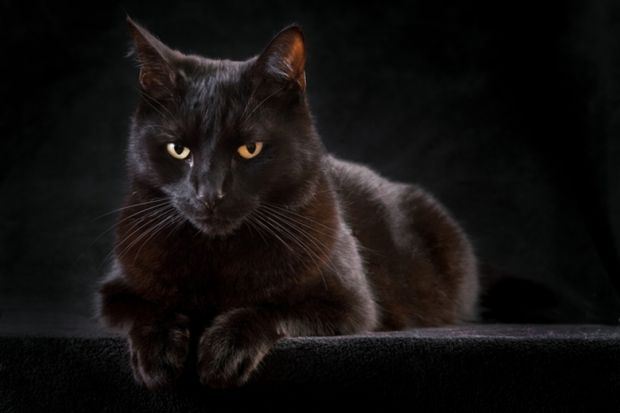When Artemis Marshall joins a private foundation for interdisciplinary scientists called the Heatherfields Institute, she finds that her lab is in a “cramped and windowless room down in the basement”, where “a perpetual dampness…imparted a permanent fungal odor”.
She is a worldly molecular virologist, an expert on a feline leukaemia virus, but the people working next door in theoretical epidemiology are “rumoured to be reclusive or even downright strange”. Henry Mansfield, who apparently “hasn’t opened his mouth for decades”, sits staring at a computer screen where “a three-dimensional tangle of curves that resembled a lily rotated slowly around the Y‑axis”, modelling a hypothetical epidemic of avian influenza. He has a love-hate relationship with Simon Renquist, his sidekick and only link to the outside world, whom he once forced to ditch his girlfriend as a “distraction”.
This unlikely team find themselves working together, alongside veterinarians and staff from the Ministry of Defence, in Jennifer Rohn’s highly entertaining new novel Cat Zero (Bitingduck Press), as a series of cats in Kent start developing a mysterious virus that might be a vicious natural epidemic or a sign of a bioterrorist attack. At one point, a roadblock set up by a local cat fanciers society proves crucial in restricting the spread of the virus…
Rohn runs her own infectious disease lab at UCL, and her book is both informative about the science and intriguing about the rivalries, backbiting and sexual tensions of laboratory life. There is a nice account of the complex flirtation involved in writing grant proposals, where “one had to give away preliminary findings, enough to tantalize the referees, but not so much that the work seemed too mature to warrant further funding”. The result is inevitably to eliminate all the things that make science “a very human endeavor”, namely “excitement, boredom, joy, anger, illness, exhaustion or sorrow”, which the rest of Cat Zero focuses on.
While Artemis constantly battles both personal and institutional sexism, at one point she reflects: “The nice thing about Simon is that, although he assumes all women are dolts from first principles, he is adaptable enough to revise this hypothesis in the face of evidence to the contrary.” She also has reason to recall “cautionary tales from female colleagues who’d dallied with male post-docs and then lost them when it all went wrong. Or worse, retained them as employees with the roles reversed, the balance of power shifted against them.”
There is a memorable moment in Cat Zero when Artemis and Simon are discussing scenarios. On one possible assumption, he says: “It’s pretty likely that the cat population of Great Britain is under serious threat.” With a danger like that hanging over us, who could stop themselves reading to the end to discover how it turns out?
后记
Print headline: It’s claws out in a race to solve feline mystery
